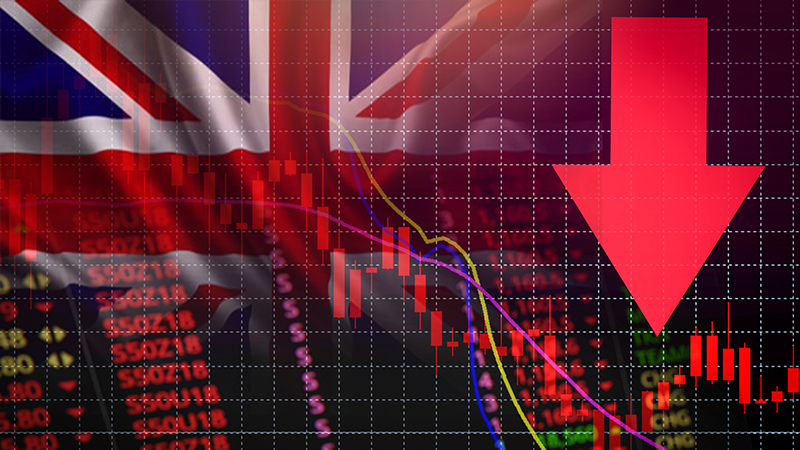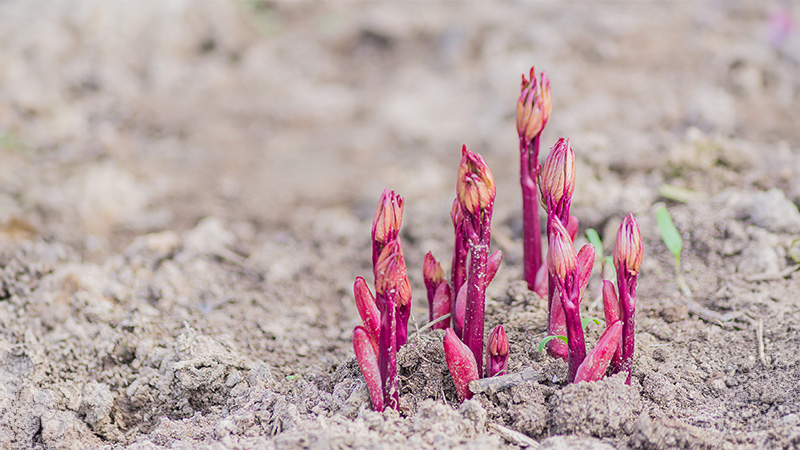Articles in the financial press that report on the record prices paid for paintings give rise to the idea that art might be an asset that can be used to make large returns. However, it is important to remember that works of art are very different from stocks and bonds.
How so?
First, unlike stocks and bonds offering returns in the form of dividends or interest, art can be classified a consumer good that provides its owner with aesthetic pleasure and social status.
Second, stocks and bonds are traded almost continually, while the time between a sale and resale of a particular painting can take more than a century.
Finally, compared with owning a stock, owning art has additional risks such as theft, forgery, and possible physical damage.
In order to tell whether reported high returns on art are consistent or just the result of plain speculative luck, it is important to investigate whether investing in art yields a competitive risk-adjusted return in comparison with other, more traditional asset classes and can be used to diversify a private client portfolio.
Once viewed almost exclusively as the pastime of connoisseurs, art collecting is increasingly seen as an investment. Historically art has been viewed as an exclusive market, with limited supply and demand. Today there are more art creators and consumers because of increased disposable income and time to devote to non-commercial endeavours.
Moreover, new wealth has opened new market segments, such as the BRIC economies but also the Arab world with a strong interest in buying premium artworks.
Professional financial advisers, institutional investors and private investors have come to appreciate art as a real asset.
So, can investing in art truly be an attractive financial alternative?
Finance 101 would tell us to consider returns, but this is difficult with unique products like art. No daily closing and opening prices exist. Transactions involving the same artist are infrequent, and for specific artworks the average turnover term is more than 30 years. Academics have developed a number of methods to try to overcome these problems.
Long-term and positiive traits
Previous research indicates art to have longevity and substance as an alternative asset class that can provide solid returns and diversification benefits. The general conclusion was that art investments provide a lower, but still positive, average risk-adjusted return than the broad financial markets with which they have a low but often slightly positive correlation.
At the beginning of 2008, for instance, art markets showed a spectacular resistance to the economic trauma caused by the subprime crisis, but they got caught up in it by the fall. Previous findings indicated that the global art market tends to come late to economic downturns, which makes art useful as a hedge against financial market risk.
However, the recent paper “Does it pay to invest in art? A selection-corrected returns perspective”, written alongside Arthur Korteweg from Stanford Graduate School of Business and Patrick Verwijmeren from Erasmus University Rotterdam, questions the common knowledge that art is a good investment:
“This paper shows the importance of correcting for sample selection when investing in illiquid assets with endogenous trading. Using a large sample of 20,538 paintings that were sold repeatedly at auction between 1972 and 2010, we find that paintings with higher price appreciation are more likely to trade. This strongly biases estimates of returns.
It’s all about illiquidity
“The selection-corrected average annual index return is 7%, down from 11% for traditional uncorrected repeat-sales regressions, and Sharpe ratios drop from 0.4 to 0.1. From a pure financial perspective, passive index investing in paintings is not a viable investment strategy, once selection bias is accounted for. Our results have important implications for other illiquid asset classes that trade endogenously.”
These results indicate that art investments appear from a pure financial perspective unattractive. A potential investor is recommended to buy something that they enjoy aesthetically and can live with forever.











